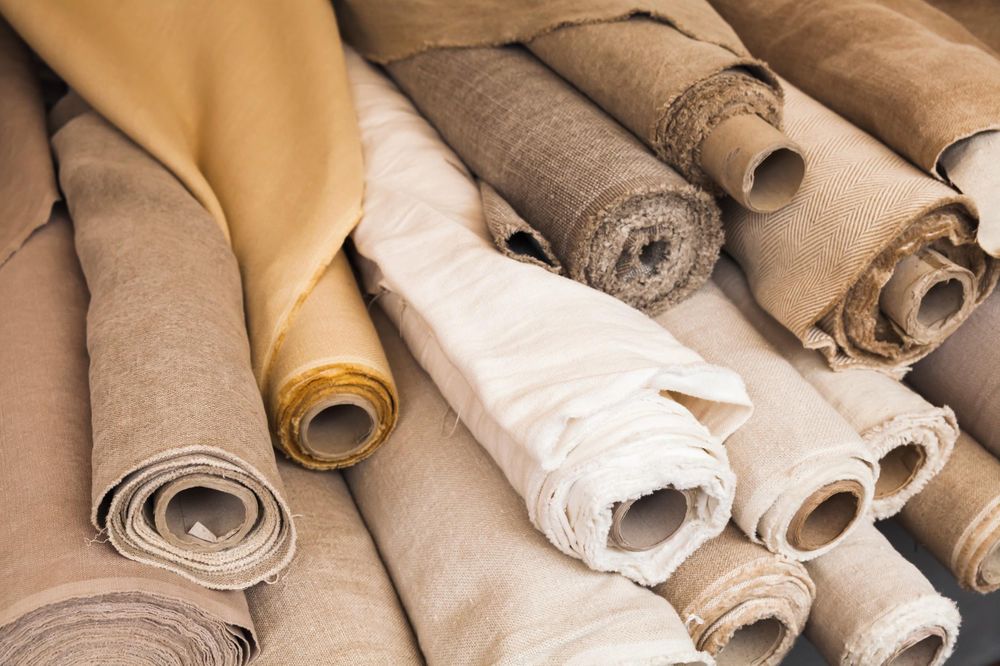
Welcome to 'Your Green Home: The Ultimate 10-Step Guide,' where we explore the path toward a sustainable and environmentally friendly living space.
This concise and informative article provides actionable steps to help you create a greener home, from energy-efficient appliances and solar panels to insulation and LED lights.
With a focus on freedom and independence, this guide empowers you to make conscious choices that reduce your carbon footprint and promote a healthier planet.
Let's embark on this transformative journey together.
Energy-Efficient Appliances
Energy-efficient appliances are crucial for reducing your carbon footprint and saving on utility bills. One of the key appliances to consider is a smart thermostat.
These innovative devices allow you to control your home's temperature remotely, ensuring that energy is not wasted when you are away. Smart thermostats also learn your preferences over time and adjust the temperature accordingly, optimizing energy usage.
Another important energy-efficient appliance is an eco-friendly toilet. These toilets use less water per flush than traditional models, helping to conserve water and reduce your water bill. Some eco-friendly toilets even have dual-flush options, allowing you to choose between a full or partial flush depending on your needs.

Solar Panels
One essential addition to your energy-saving home is the installation of solar panels. Solar panels harness the power of the sun to generate electricity, reducing your reliance on traditional energy sources and lowering your carbon footprint.
To ensure a successful solar panel installation, it is important to hire a reputable and experienced installer who can assess your property, design an efficient system, and handle all necessary permits and paperwork.
Once installed, regular solar panel maintenance is crucial to ensure optimum performance and longevity. This includes cleaning the panels regularly to remove dirt and debris, checking for any damage or loose connections, and monitoring the system's performance.
Insulation
Installing proper insulation is crucial for creating an energy-efficient home. Not only does insulation help regulate indoor temperature, but it also reduces energy consumption and lowers utility bills. To achieve optimal thermal efficiency, it is essential to choose sustainable materials for insulation.
By using eco-friendly options such as recycled cellulose or sheep's wool, homeowners can minimize their environmental impact while enjoying the benefits of a well-insulated space. Additionally, sustainable insulation materials often have superior insulating properties, providing better heat retention in winter and cooling in summer.
Investing in high-quality insulation not only improves energy efficiency but also enhances comfort levels inside the home. So, when considering insulation, opt for sustainable materials that prioritize both thermal efficiency and environmental responsibility.
LED Lights
How can LED lights contribute to creating a more sustainable home?

LED lights are a highly energy-efficient lighting option that can significantly reduce energy consumption and greenhouse gas emissions. By replacing traditional incandescent bulbs with LED lights, homeowners can save up to 80% more energy. This not only helps to lower electricity bills but also reduces the demand for power from fossil fuels.
LED lights have a longer lifespan, requiring fewer replacements, which means less waste in landfills. Additionally, LED lights do not contain harmful substances such as mercury, making them safer for the environment.
Green Roofing
Green roofing is an effective way to enhance the sustainability of your home. By installing a green roof, you can reduce energy consumption, improve air quality, and promote rainwater harvesting.
Green roofs are designed with eco-friendly materials, such as vegetation and recycled materials, which provide insulation and reduce the urban heat island effect. These roofs absorb rainwater, preventing runoff and promoting natural filtration. They also help to reduce air pollution by capturing airborne pollutants and releasing oxygen.
Additionally, green roofs can extend the lifespan of your roof by providing protection against extreme temperatures and UV radiation.
Frequently Asked Questions
How Can I Reduce My Home's Water Consumption and Make It More Environmentally Friendly?
To reduce water consumption and make your home more environmentally friendly, consider installing water-saving appliances and implementing rainwater harvesting systems. These measures can help conserve water and promote sustainability in your household.
Are There Any Government Incentives or Rebates Available for Making Green Home Improvements?
Yes, there are government incentives and rebates available for making green home improvements. These programs aim to encourage homeowners to adopt environmentally friendly practices by offering financial support for energy-efficient upgrades and sustainable renovations.

What Are Some Eco-Friendly Flooring Options That I Can Consider for My Green Home?
When considering eco-friendly flooring options for your green home, it is important to explore sustainable flooring materials. These materials are made from renewable resources and have minimal impact on the environment, making them a responsible choice for your home.
How Can I Effectively Incorporate Smart Home Technology Into My Green Home Design?
Incorporating smart home technology into your green home design can enhance energy efficiency and convenience. By integrating smart home automation systems and using energy-efficient appliances, you can effectively manage and reduce your energy consumption while enjoying the benefits of a technologically advanced home.
Practical tips for reducing waste and promoting recycling in a green home include implementing a composting system, using reusable containers and bags, investing in energy-efficient appliances, and properly disposing of hazardous materials.
 Business & FinanceHealth & MedicineTechnologyLifestyle & CultureScience & EnvironmentWorld NewsPrivacy PolicyTerms And Conditions
Business & FinanceHealth & MedicineTechnologyLifestyle & CultureScience & EnvironmentWorld NewsPrivacy PolicyTerms And Conditions
